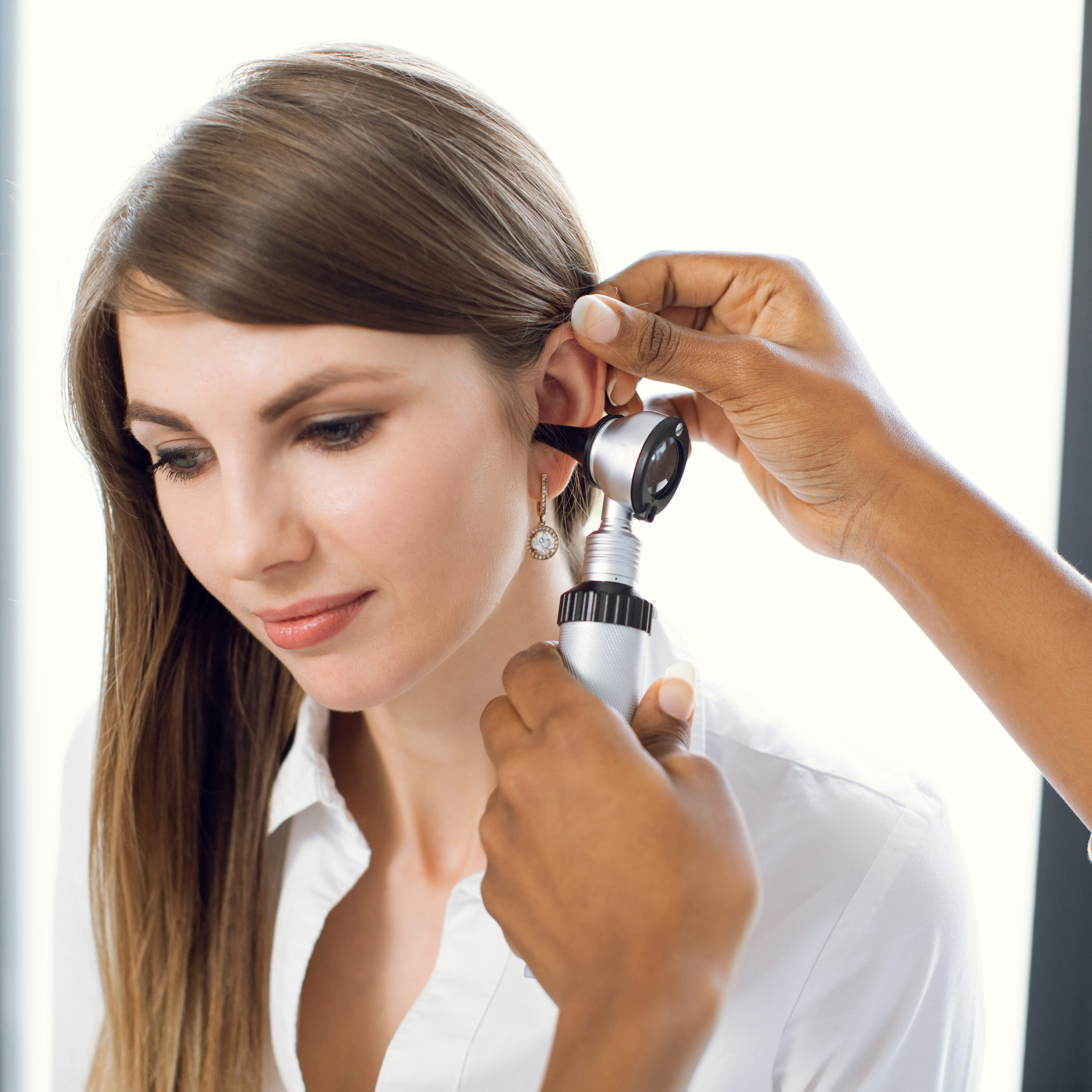Sussex Premier Health, Hastings: Important update for patients with upcoming appointments
Sussex Premier Health, Hastings: Important update for patients with upcoming appointments
Glue ear is a build-up of sticky fluid in the middle ear which stops the eardrum letting sound through properly. Grommets insertion helps relieve the symptoms of glue ear.
According to clinical sources about eight in every 10 children will have had glue ear at least once by the time they are 10 years old. The most common symptom of glue ear is pain or hearing loss in one or both ears.
Grommets insertion isn’t just for children, adults also have this procedure, usually under a local anaesthetic.

Glue ear is a build-up of sticky fluid in the middle ear which stops the eardrum letting sound through properly. Grommets insertion helps relieve the symptoms of glue ear.
Quite often children can’t articulate what’s bothering them as easily as grown-ups so you they might not say anything to you. You might notice them being more irritable because they are struggling to hear have trouble taking part in conversations or keep turning up the TV volume. When children have a cold or infection they often get swollen adenoids (tissue at the back of the nose that helps to fight infection). Swollen adenoids can make glue ear worse.
Sometimes surgeons recommend that children have their adenoids taken out and grommets inserted at the same time.
At Sussex Premier Health we offer grommets insertion to adults only, this will be with one of our experienced ENT (Ear, nose and throat) consultants.
At Sussex Premier Health, you will have a formal consultation with a consultant who specialises in this area. During this time you will be able to explain your medical history, symptoms and raise any concerns that you might have.
Your consultant may will examine your ears and will be able to recommend any treatment options.
We will also discuss with you whether any further diagnostic tests, such as scans or blood tests, are needed. Any additional costs will be discussed before further tests are carried out.
Grommets can be fitted under general anaesthesia which means that you will be asleep during the procedure. They can also be fitted under local anaesthesia, this completely numbs the area but you will still be awake.
During the operation the surgeon will look at the eardrum under a microscope. He or she will make a tiny cut (about 2mm) in the eardrum and use a fine sucker to draw out some of the fluid that has built up.
The grommet is then inserted into the hole. This lets air pass into the ear and allows the fluid to drain. Sometimes ear drops containing an antibiotic and a steroid are put into the ear to help prevent infection.
Both ears can be treated during the same operation which usually lasts up to 20 minutes.

Grommets are usually fitted as a day-case or outpatient, so you will not need to stay in hospital overnight.
After the procedure, you will be taken from the operating theatre to a recovery room where you will come round from the anaesthesia under close supervision.
After this you will be taken to your private room or comfortable area where you can rest and recuperate until we feel you’re ready to go home.
There may be a little blood-stained discharge from the ear but this is quite normal.
After glue ear treatment we will provide you with a course of antibiotic ear drops to reduce the risk of infection. Your consultant will usually want to see you for a follow up consultation about six weeks after surgery.
With the grommets in place the fluid in the eardrum will usually clear up. The body will naturally push the grommet out into the ear tube as the eardrum heals usually over a period of six to 12 months.
Sometimes the grommet does not come out by itself and has to be removed with another small operation. By the time the grommet has fallen out the glue ear has usually gone away. The hole where the grommet was inserted will usually close up.
In a few cases the hole does not seal up. This can be treated with another operation. When the grommet comes out there may be a small scar left on the eardrum but this usually has no effect on hearing.
Your consultant who you saw at your initial consultation.
Our consultants have high standards to meet often holding specialist NHS posts and delivering expertise in complex sub-specialty surgeries.
Many of our consultants have international reputations for their research in their specialised field.
Your consultant will explain the preparation at your consultation.
You will have a pre-assessment with our dedicated gastroenterology nurse, who will discuss any medications you are taking and also discuss starving instructions and bowel prep.
You may have some ear ache after your procedure, but often there is no pain.
If you have ear ache you can take paracetamol or ibuprofen.
Your consultant will talk to you about the possible risks and complications of having this procedure and how they apply to you.
On rare occasions complications following glue ear treatment can occur.
Please contact us straight away if you experience any of these symptoms:
If you have any questions or concerns, please talk to us, we’re here to help.
Speak to a member of our team